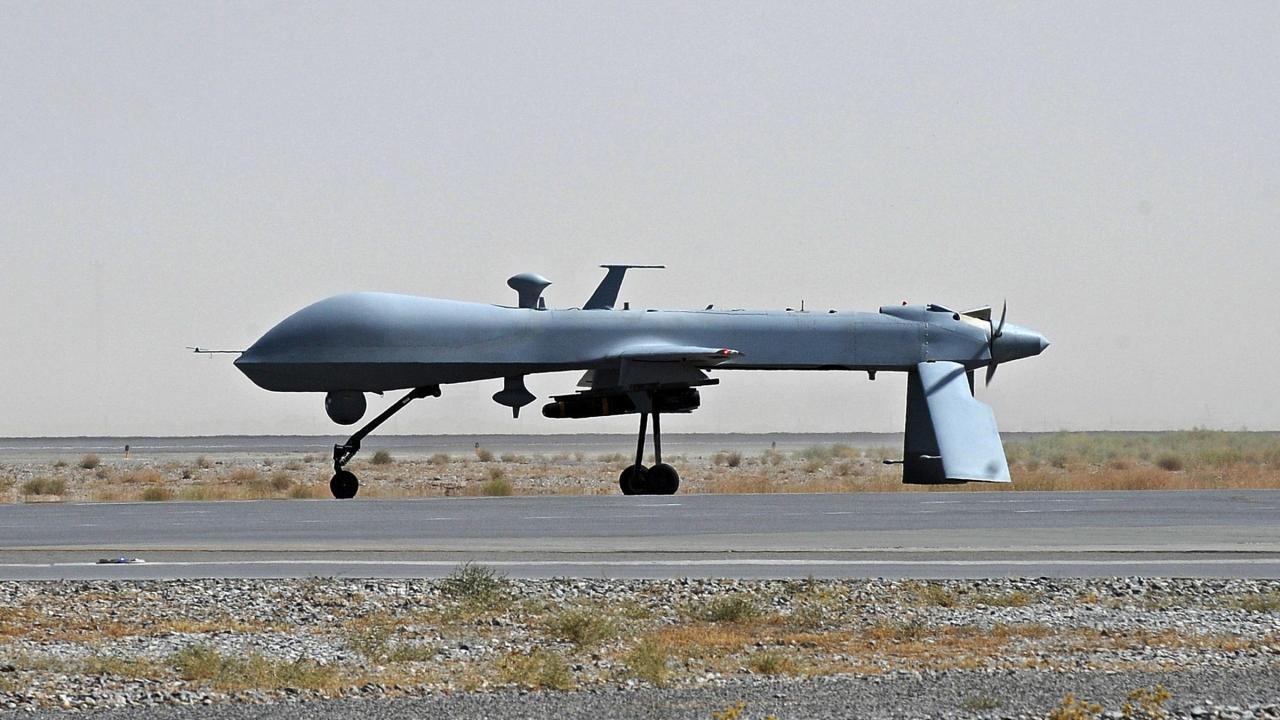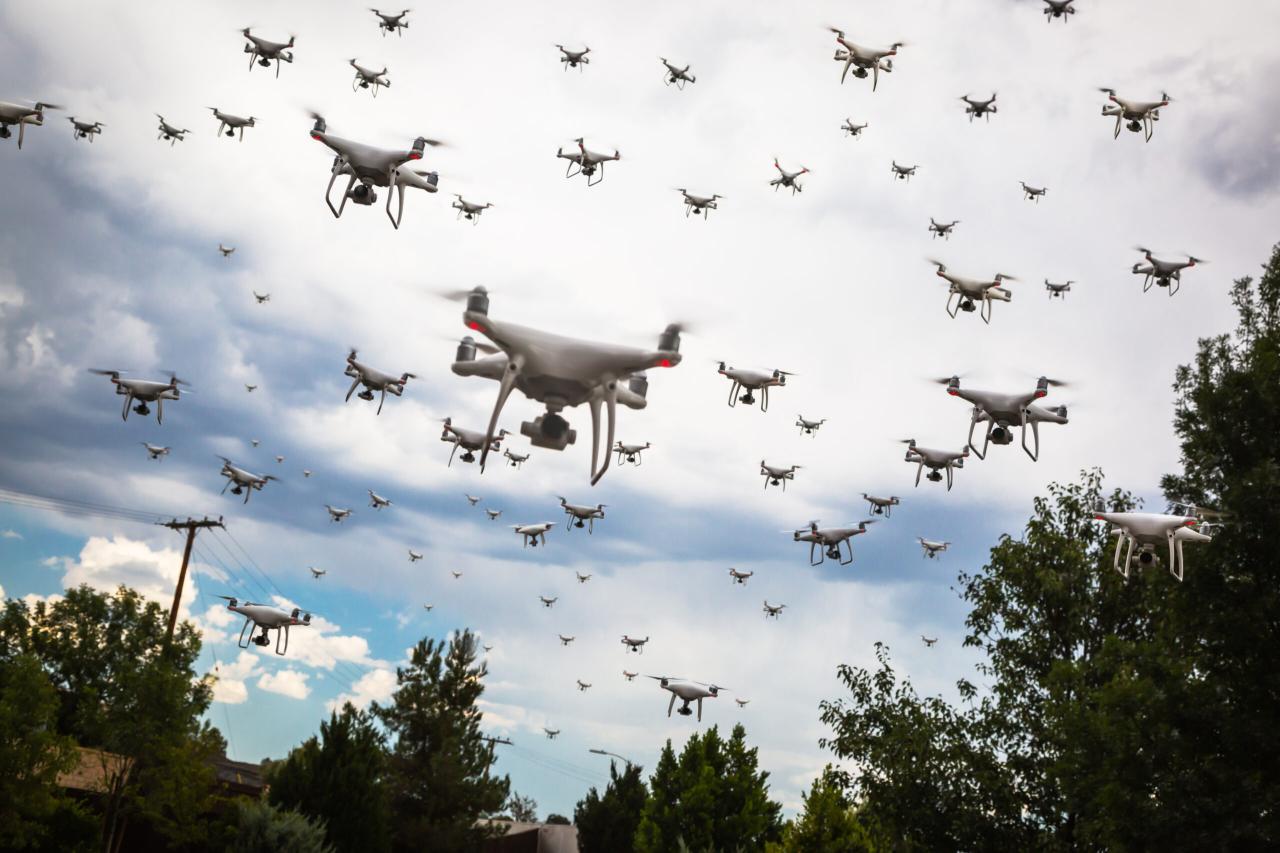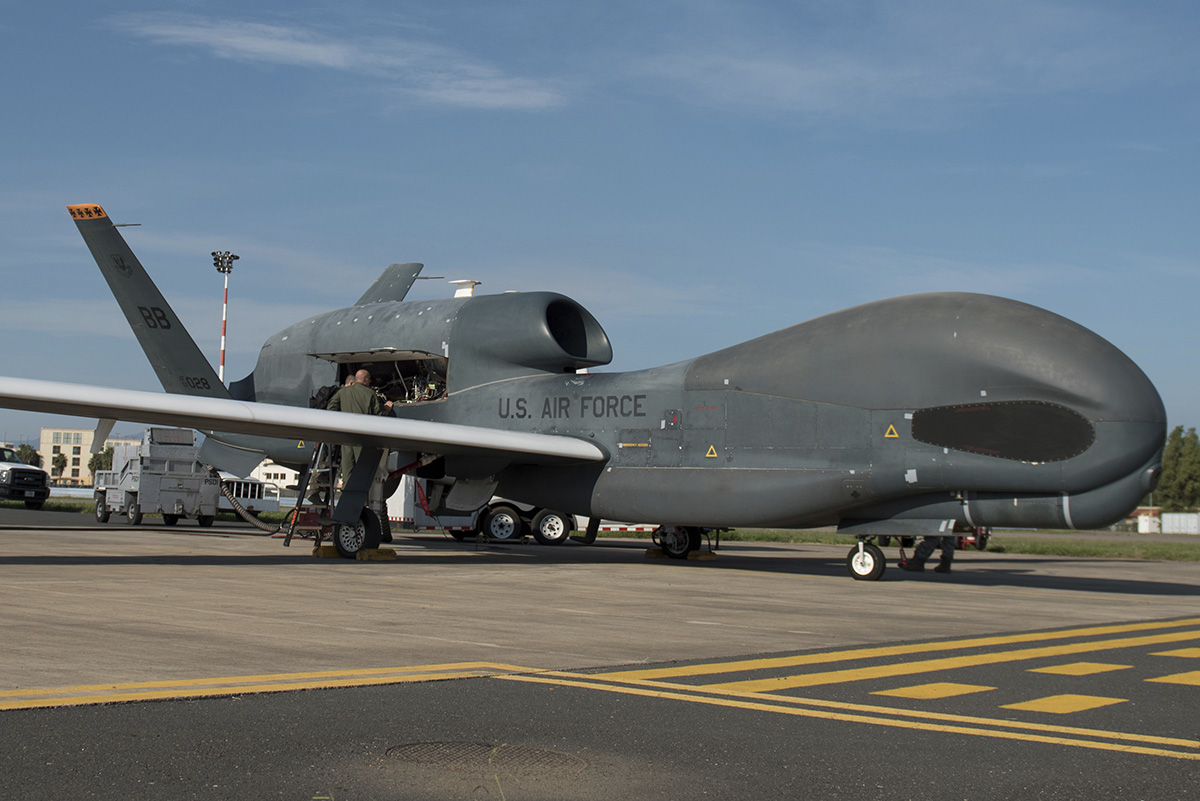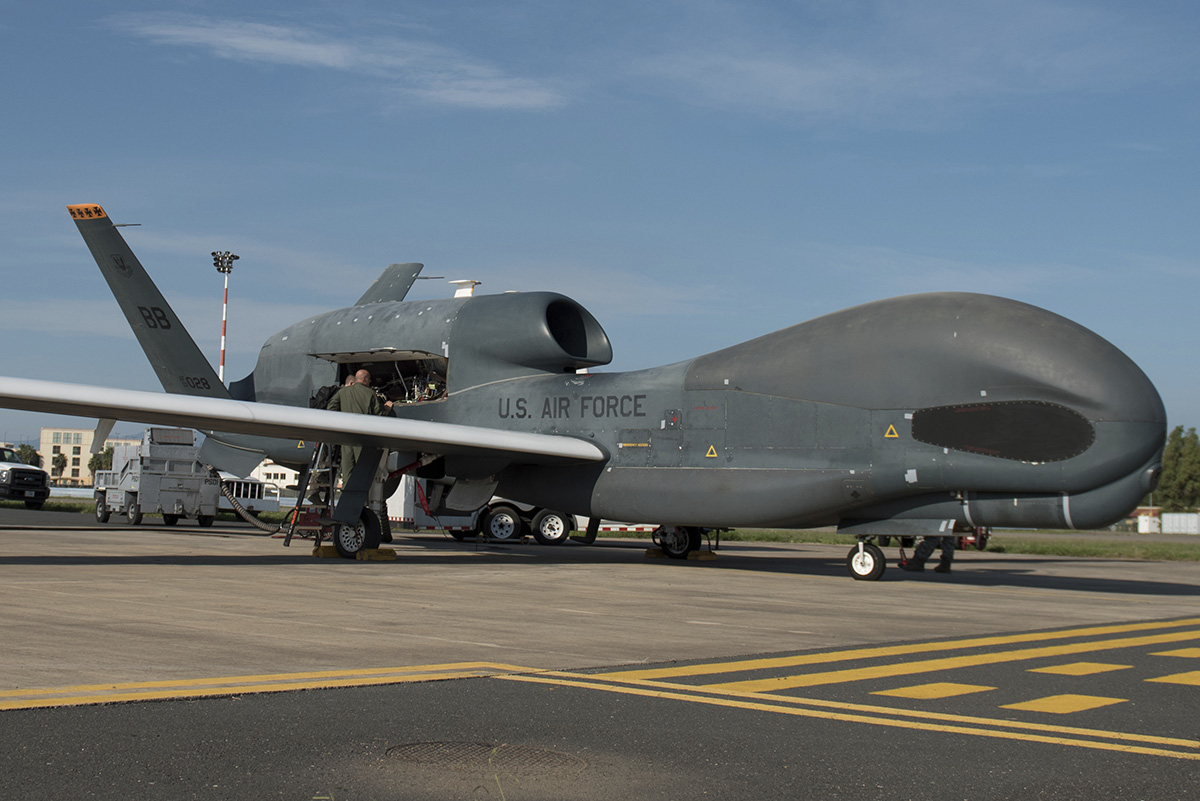US drone sightings are increasingly common, sparking curiosity, concern, and debate. This exploration delves into the geographic distribution of these sightings, the types of drones involved, and the implications for security and public perception. We’ll examine reporting mechanisms, public reactions, legal frameworks, and technological countermeasures, painting a comprehensive picture of this evolving phenomenon.
From analyzing the frequency of sightings across different US regions to understanding the technological advancements in drone capabilities, we aim to provide a clear and informative overview. We will also explore the potential security threats posed by unauthorized drone activity and the legal and regulatory landscape surrounding their operation. This includes examining public perception, media coverage, and the role of technology in both enhancing security and mitigating risks.
US Drone Sightings: A Comprehensive Overview
The increasing prevalence of unmanned aerial vehicles (UAVs), commonly known as drones, in US airspace has raised significant concerns regarding national security, privacy, and public safety. This article provides a detailed analysis of US drone sightings, covering their geographic distribution, types, reporting mechanisms, public perception, security implications, legal frameworks, and technological countermeasures.
Geographic Distribution of Sightings
Reported US drone sightings exhibit a highly uneven geographic distribution. Several factors contribute to this disparity, including population density, proximity to sensitive infrastructure (military bases, airports, power plants), and the prevalence of drone-related activities (commercial, recreational, or illicit).
| Region | Number of Sightings (Illustrative Data) | Average Sighting Duration (minutes) | Predominant Drone Types |
|---|---|---|---|
| Northeast | 1500 | 12 | Small consumer drones, some larger commercial models near airports |
| Southeast | 2200 | 15 | Mix of consumer and commercial drones, higher incidence of unauthorized activity near military bases |
| Midwest | 800 | 10 | Primarily consumer drones, lower overall sighting frequency |
| West | 1800 | 18 | Significant number of larger commercial drones used in agriculture and infrastructure inspection, also some recreational use |
The higher number of sightings in the Southeast, for instance, may be attributed to the concentration of military installations in this region, making it a more attractive target for unauthorized drone activity. Conversely, the Midwest’s lower frequency could reflect lower population density and fewer opportunities for drone operation.
Types of Drones Observed
A wide variety of drones have been reported, ranging from small consumer models to larger, more sophisticated commercial and potentially military-grade UAVs.
- Consumer Drones: DJI Mavic, Parrot Anafi, Autel Robotics EVO – typically small, lightweight, and equipped with basic cameras. Used primarily for recreational purposes, photography, and videography.
- Commercial Drones: DJI Inspire, Matrice series, Autel Dragonfish – larger, more robust, and often equipped with advanced sensors (thermal, LiDAR), higher payload capacity, and extended flight times. Used for mapping, surveying, inspection, and delivery services.
- Potentially Military-Grade Drones: (Specific models not publicly disclosed) – characterized by advanced stealth capabilities, long flight endurance, and sophisticated sensor packages. These are rarely confirmed in public reports but represent a potential security threat.
Technological advancements have led to increased drone autonomy, improved sensor capabilities (higher resolution cameras, thermal imaging, LiDAR), longer flight times, and enhanced payload capacity. This evolution presents both opportunities and challenges, impacting various sectors, from agriculture and infrastructure monitoring to surveillance and potential misuse.
Reporting Mechanisms and Data Sources

The process of reporting a US drone sighting involves several steps and relies on various data sources, each with its own biases and limitations.
A flowchart illustrating the process might look like this: Observation -> Initial Report (to local authorities, FAA, or relevant agency) -> Verification and Investigation -> Data Collection and Analysis -> Report Documentation and Archiving.
Primary data sources include law enforcement agencies, the Federal Aviation Administration (FAA), news reports, citizen observations (social media, online forums), and potentially military intelligence. Citizen reports might lack detailed technical information and could be influenced by individual biases or misinterpretations. Official reports from government agencies may be subject to delays, incomplete data, or redaction for national security reasons. News reports can be biased depending on the news outlet’s perspective.
Public Perception and Reactions
Public reactions to US drone sightings vary widely, ranging from concern and curiosity to anger and indifference. Media coverage and social media discussions significantly shape public perception.
“The constant drone flights over our neighborhood are unsettling. We feel a lack of privacy and worry about potential surveillance.”
Social Media Comment
“I saw a drone hovering near the airport; it looked suspicious, and I immediately reported it to the authorities.”
News Report Excerpt
Public concern is often centered around privacy violations, potential misuse for surveillance, and the risk of accidents or malicious intent. Curiosity arises from the novelty and technological advancement represented by drones. Indifference might stem from a lack of awareness or understanding of the implications. Anger can result from perceived violations of personal space or security threats.
Public perception significantly influences policy decisions regarding drone usage. Widespread concern can lead to stricter regulations and increased investment in detection and countermeasure technologies.
Potential Security Implications, Us drone sightings

Unauthorized drone activity near sensitive locations poses several security threats, including potential surveillance, data breaches, physical attacks (e.g., delivering explosives), and disruption of critical infrastructure.
Mitigation strategies include enhanced security measures at sensitive sites (e.g., drone detection systems, physical barriers), stricter regulations and enforcement, public awareness campaigns to deter unauthorized drone operation, and the development of advanced counter-drone technologies.
Technology plays a crucial role in enhancing security. This includes radar systems, radio frequency detection, GPS jamming, and AI-powered systems for identifying and tracking unauthorized drones. A comprehensive approach combines technological countermeasures with robust regulatory frameworks and effective public education.
Legal and Regulatory Frameworks
The legal and regulatory landscape surrounding drone operation in the US is complex and constantly evolving. The FAA regulates the airspace and has established rules for drone registration, certification of operators, and operational limitations (flight altitude, proximity to airports, etc.).
These regulations aim to balance the benefits of drone technology with concerns for national security, public safety, and individual privacy. However, the specific regulations can vary between states, leading to inconsistencies in enforcement and potential loopholes.
For example, some states have stricter regulations concerning drone operation near critical infrastructure, while others might have more relaxed rules for recreational drone use. The ongoing challenge lies in adapting the regulatory framework to the rapid advancements in drone technology and the diverse applications of these devices.
So you’ve been seeing a lot of US drone sightings lately? It’s a pretty common occurrence these days. If you’re curious about the tech behind them, check out the specs of a similar model, the e88 drone , to get a better understanding of the capabilities. Knowing more about the technology can help you better understand what you’re seeing in those US drone sightings.
Technological Countermeasures
Several technologies are employed to detect and counter unauthorized drones. These include radar systems, radio frequency (RF) detection systems, GPS jamming, and net-based capture systems.
The effectiveness of these countermeasures varies depending on factors such as drone type, environment, and the sophistication of the countermeasure technology itself. Some drones may be equipped with anti-jamming technology, making certain countermeasures ineffective.
A hypothetical enhanced system could integrate multiple detection technologies (radar, RF, visual) with AI-powered analysis to identify and classify drones, prioritize threats based on location and behavior, and deploy appropriate countermeasures (jamming, net capture, directed energy weapons) in a coordinated and efficient manner. This system would also need to include robust communication and data sharing capabilities among various agencies and stakeholders.
So you’re curious about US drone sightings? It’s a big topic, and to get a better grasp of the overall picture, you should check out this resource on drone sightings around the world. Seeing the global context helps understand the complexities and trends affecting US drone activity, from regulatory issues to technological advancements.
End of Discussion

The rise in US drone sightings presents a complex challenge, demanding a multifaceted approach. Understanding the geographic patterns, technological capabilities, public perceptions, and legal frameworks surrounding these sightings is crucial for effective policymaking and risk mitigation. As drone technology continues to advance, ongoing monitoring, adaptation of regulations, and development of robust countermeasures will be vital to ensuring both national security and the responsible use of this technology.
FAQs: Us Drone Sightings
What are the most common types of drones sighted?
Hey, so you’re into US drone sightings, huh? That’s pretty interesting! Ever wonder about the kind of tech involved? It’s mind-blowing, especially when you consider things like the sheer complexity – to build something like that, you might need to know an 18-letter word starting with “ai,” like the one explained on this site: 18 letter word starting with ai.
Anyway, back to those drones – the implications for privacy and national security are huge, right?
Common types include small consumer drones, larger commercial drones used for photography or surveying, and potentially military-grade drones, though details on the latter are often limited due to security concerns.
How accurate is the data on drone sightings?
Data accuracy varies. Official government data might be incomplete, while citizen reports could be inaccurate or biased. Combining multiple data sources helps improve accuracy but still presents challenges.
What penalties are there for illegally operating a drone?
Penalties vary by jurisdiction and violation. They can range from fines to imprisonment, depending on factors like the location of the drone operation and the intent behind it. Federal aviation regulations are strictly enforced.
Can I legally fly a drone anywhere in the US?
No. Federal Aviation Administration (FAA) regulations restrict drone operation in many areas, including near airports, national parks, and crowded events. Registration and licensing may also be required depending on the drone’s size and purpose.
